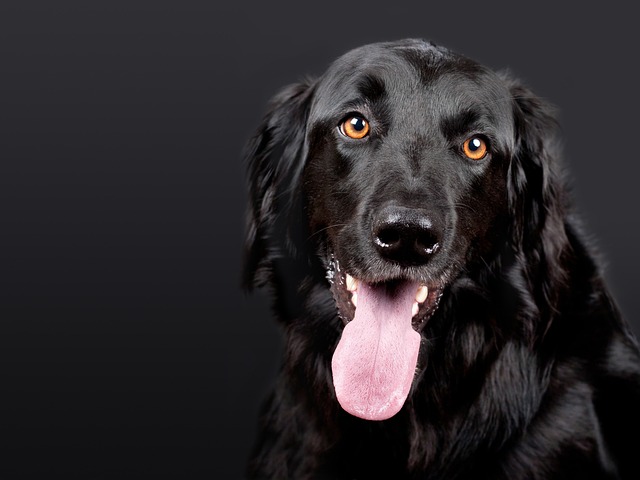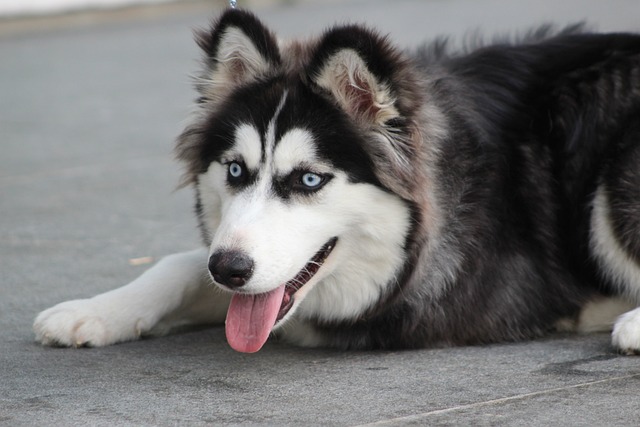
How to treat respiratory diseases in dogs?
When your dog starts coughing more than usual or seems to struggle with every breath, it’s easy to feel worried—and for good reason.
I sat with my friend Mia on her Seattle apartment floor last week, watching her 2-year-old Australian Shepherd, Luna, scratch at her belly until the fur turned patchy—she’d even chewed a raw spot on her paw, and her ears flicked nonstop like they itched too. “I’ve tried anti-itch spray, but it’s not working. What is the most common cause of itchy skin in dogs?” Mia asked, brushing Luna’s fur gently to soothe her. If you’re a new U.S. dog owner staring at a pup who can’t stop scratching, licking, or rubbing, the answer is almost always environmental allergies—think pollen, dust mites, or mold. It’s way more common than food allergies or fleas, and once you spot the triggers, you can help your dog feel better fast.
To understand why environmental allergies top the list, let’s break down how a dog’s skin reacts. Dogs have a thin skin barrier that protects them from irritants, but when they breathe in or touch allergens (like grass pollen or dust mites in couches), their immune system overreacts. Luna’s vet explained it like this: Her body mistakes harmless pollen for a threat, so it releases histamines—chemicals that make skin feel itchy, red, and inflamed. Unlike flea bites (which leave tiny red dots) or food allergies (which often cause tummy trouble too), environmental allergies show up as widespread itching—especially on the belly, paws, ears, and armpits. They’re also seasonal for many dogs: Luna’s scratching got worse in spring, when Seattle’s grass pollen peaks, which clued the vet in right away.

Here’s how to figure out if environmental allergies are causing your dog’s itchy skin, plus steps to help: First, track when and where they scratch. Keep a note—does it happen after walks? Indoors on rainy days? Mia noticed Luna scratched more after park trips and at night (when she curled up on the dust-mite-heavy couch). That’s a classic environmental allergy sign. Second, do quick at-home checks. Wipe your dog’s paws and belly with a damp cloth after walks to remove pollen—Mia started doing this, and Luna’s paw-chewing dropped by half. For dust mites, wash their bed weekly in hot water (130°F or higher) and use a HEPA air purifier—Mia added one in the living room, and Luna stopped scratching at night. Third, avoid over-the-counter fixes without a vet’s okay. Human antihistamines or steroid creams can be toxic to dogs; Luna’s vet prescribed a gentle, pup-safe anti-itch shampoo that calmed her skin in 3 days. Fourth, reward calm behavior during care. If your dog hates paw wipes or baths, give them a tiny treat (like freeze-dried salmon) afterward—Mia did this, and Luna now runs to the towel, knowing a snack is coming.
For apartment living, vacuum carpets and couches weekly to cut dust mites, and keep windows closed during high-pollen seasons (use AC instead). When walking, stick to paved paths instead of tall grass (to avoid pollen) and always carry poop bags (cities like Seattle fine $125 for leaving messes)—even mid-scratch, you still need to clean up. Never scold your dog for scratching or chewing—they’re not misbehaving; their skin hurts, and punishment violates U.S. animal welfare standards. Keep their rabies vaccine up to date (required nationwide)—vet visits are key: they can confirm allergies with a skin test and recommend long-term fixes, like allergy shots if symptoms are severe.
A month later, Mia texted me a video of Luna rolling in the grass (on a low-pollen day) without stopping to scratch. What is the most common cause of itchy skin in dogs? For Luna—and millions of pups—it’s environmental allergies. With a little detective work and gentle care, your itchy dog will be back to playing comfortably soon.

When your dog starts coughing more than usual or seems to struggle with every breath, it’s easy to feel worried—and for good reason.

Dogs love rolling in grass, digging in dirt, or even chasing squirrels through bushy areas—all fun habits, but ones that can expose their skin to trouble.

I sat with my friend Emma on her Denver porch last Sunday, where her 8-month-old Corgi, Milo, squirmed in her lap—his tail tucked as Emma pointed to a tiny brown tick

I sat with my friend Maggie on her New York City apartment floor last weekend, where her 2-year-old Labrador Retriever, Cooper, was gnawing at his hind legs so hard his fur was coming loose

Canine parvovirus doesn’t need direct contact to move between dogs—often, it hitches rides on things owners handle every day.

I sat with my friend Mia on her Seattle apartment floor last week, watching her 2-year-old Australian Shepherd, Luna, scratch at her belly until the fur turned patchy